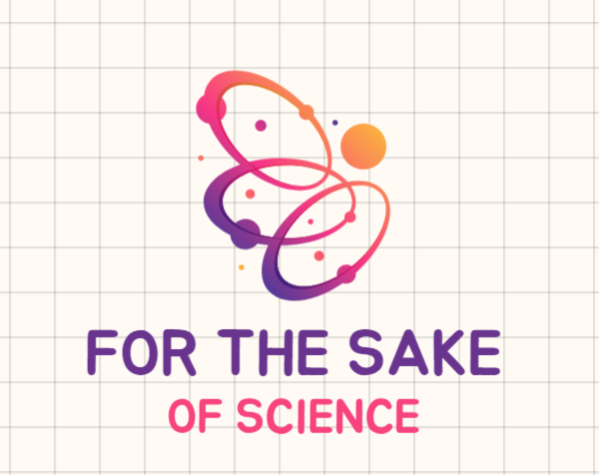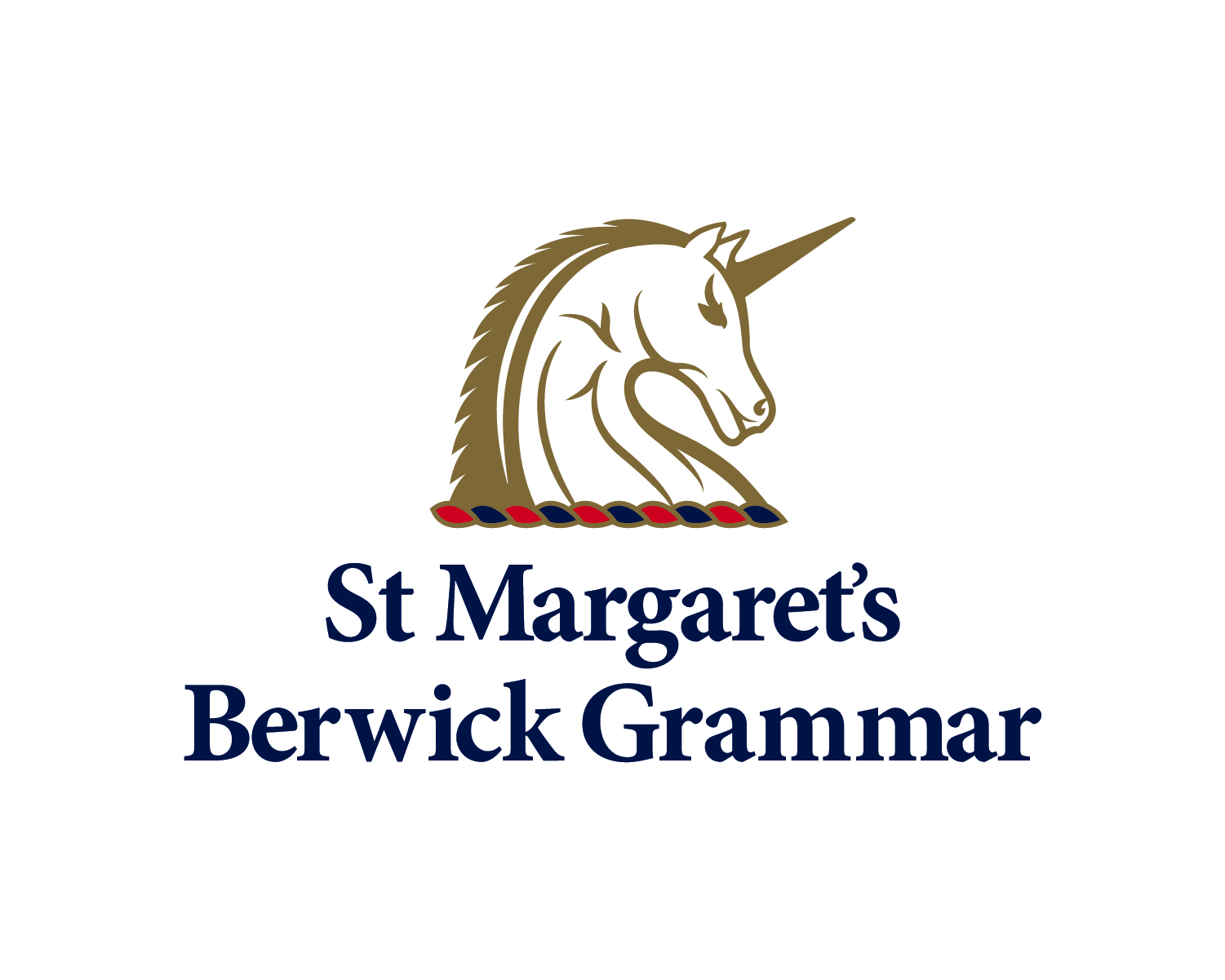
Studying for exams? Here’s how to make your memory work for you
Have you ever thought about how your brain works when you study? Knowing this may improve students’ ability to retain and recall information.
The following is taken from an article published in The Conversation on October 9, 2019.
“There are three main memory structures: sensory, working and long-term memory. Using these tips, you can activate all three to enhance how you study.
- Try to learn the same content in different ways
Activating your sensory memory is the first step. Sensory memory relies on the senses, which I’m sure you know are sight, hearing, smell, taste and touch.
So think about it – to activate your sensory memory, you should activate as many senses as possible. We mainly use visual and and auditory (sound) aids when learning but many subject areas also make use of more than these two senses. For example, visual arts would require touch.
Instead of just reading your textbook, try learning using podcasts, visual aids such as posters, presentations and online blogs.
Try to activate different senses while you study, like by listening to a podcast. When we activate our sensory memory, we engage in the processes of attention and perception.
Humans must pay attention to learn and the more cognitive resources we allocate to a task, at any given time, the faster we learn. This is why it makes sense to study in an environment conducive to learning, such as a quiet room in your home or library.
Sensory and working memory are so limited, learners need to allocate their resources to important information as selectively as possible and with minimal distraction.
How we interpret information is based on what we already know and our prior experiences. One way we can make use of this is by sharing knowledge with someone else before starting a new or unfamiliar task. So, try to review what you’ve learnt with a friend or parent before going on to learn something new.
If you don’t understand something in the first instance, it may be because you haven’t paid enough attention or you haven’t perceived the question or problem correctly. Try to clear your mind (take a break) and consciously think about how much attention you are paying to the question.
If that still doesn’t work, ask for advice or seek help to ensure you are on the right track.
- Learn easier parts first, then build on them
After a learner perceives and pays attention to learning material, the information is transferred to working memory. This is where your conscious processing takes place.
When you are sitting an exam, your working memory is what decides what your answer is going to be and how you are going to structure your response.
What many learners don’t realise is that, after a long period of study, you can begin to feel like you are not learning as much as you initially did. This is due to what is known as cognitive overload.
Your working memory can only hold a limited number of bits of information at any given time. The exact size of these bits depends on your level of prior knowledge. For example, a child learning the alphabet won’t have much prior knowledge, so each letter is stored individually as, say, 26 bits. As they become more familiar, the letters come together to become one bit.
For your working memory to be more efficient, consider the type of information you are learning. Is it low or high in the “bits” department? Is what you are trying to learn something you need to master before you can move on to more challenging parts? If the answer is “yes”, then you are using up a lot of “bits” of memory.
Try master the smaller bits first, so you can recall that information more swiftly without using unnecessary cognitive resources. Then move on to the harder bits.
This type of mastery is known as automation.
Learning something to the point it becomes an automatic thought or process allows the learner to then allocate more cognitive resources to tasks that use up more memory “bits”. This is why at school, we’re encouraged to learn our multiplication tables off by heart, so we free-up cognitive resources to solve the more difficult maths problems.
Automation is when we know how to do something without having to think about it (like driving a car). Working memory is limited, which is why you want to get the information into your long-term memory, which has infinite storage capacity.
For information to be stored there permanently, you must engage in the process of encoding. A lot of things teachers make you do, such as past papers and writing an essay plan, are actually encoding strategies.
Another encoding strategy is the Pomodoro technique. Here, you use a timer to break down study into intervals, usually 25 minutes, separated by short breaks. Used effectively, Pomodoro can reduce anxiety, enhance focus and boost motivation
What you do at the time of encoding affects the transfer of information from your long-term memory to your working memory, which then gives you answers to questions. You remember better when conditions at the retrieval match those at encoding.
This is why when we study, we often like to replicate a quiet environment to study in, because it’s going to be similar to the exam setting.
- Link new information to things you already know
Instead of reviewing exam notes, try to explain what you’ve learnt to someone with no knowledge of the content. If you are capable of teaching someone effectively that means you yourself have a sound understanding.
Your long-term memory generally has infinite capacity, but it’s only a storage structure. So, just because you have something stored there, doesn’t mean you can effectively and efficiently retrieve it.
Most of us have had the experience of studying but then not being able to retrieve the information we’ve learnt. Or we’ve retrieved the information incorrectly, meaning we got the wrong answer.
This may be because we learnt the material on a shallow level, as opposed to a deeper level of processing. Rote learning material the night before means we haven’t linked the information to the established knowledge structure.
You can help yourself by linking new information to old information you already have stored in your long-term memory, such as by drawing an analogy between the new thing and something you already know.
Knowing all this about memory helps you understand why some methods of study are more or less effective than others. Studying for exams or not, it is important we think about how our brain functions and how we, as individuals, learn best”
People often say “Good Luck” to students about to sit assessments. But success is not a result of luck. It is the result of effective learning, revisiting and re-learning for depth and the increasing capacity to transfer learning from one context to another.
To our students sitting examinations and final assessments: Go well.
Ms Linda Shardlow
Director of the Centre for Excellence in Learning and Teaching






